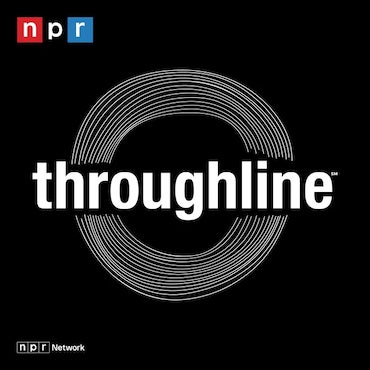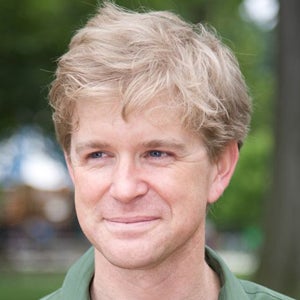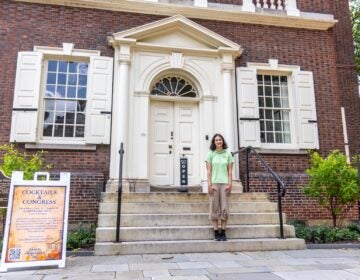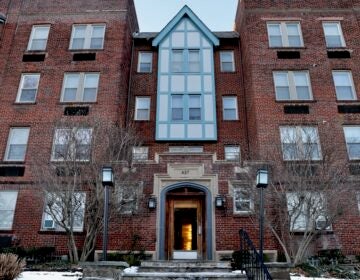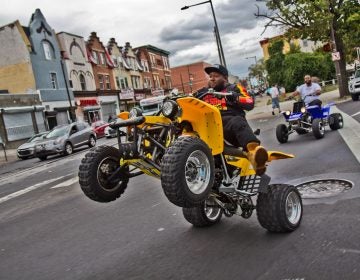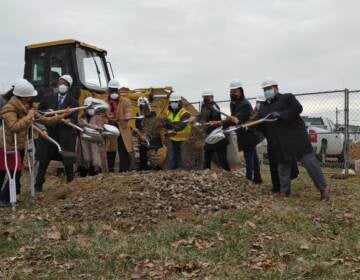First celebration of North Philadelphia history comes this weekend
The North Philadelphia History Festival will feature installations, workshops, walking tours and a musical procession of classic cars.
Listen 1:29
The windows of the Tanner House in Strawberry Mansion are displaying photos of the historically prominent family as part of the first North Philadelphia History Festival. (Provided by Friends of the Tanner House)
From Philly and the Pa. suburbs to South Jersey and Delaware, what would you like WHYY News to cover? Let us know!
Northern Liberties got its name from the founder of Philadelphia, William Penn, who granted free bonus acreage, or “liberty” lands, to the first people who bought land in his new city. The city proper had a limited amount of acreage available so the bonus acres were doled out to the north, becoming Philly’s first suburb.
Because it was located outside city boundaries at the time and thus outside Philly’s Quaker-based municipal laws, the liberties of Northern Liberties came to have a different meaning. Laws were looser up there. Indulgent and amoral behaviors were possible. Northern Liberties was one of the first red-light districts of colonial America.
Northern Liberties also became a place where Philadelphia’s free Black population could live and work with relatively less harassment.
“It’s not coincidental that people settled there,” said Louis Massiah, director of Scribe Video Center, which is launching the first North Philadelphia History Festival this weekend.
“It was outside of Philadelphia prior to the consolidation, so there were liberties — possibilities for people once they got out outside of the city proper,” he said.
The early 19th-century history of Northern Liberties as a site of Black freedom will be presented during the festival. The 1838 Black Metropolis project will offer a walking tour specifically around Wallace Street in Northern Liberties, what used to be called Pascal Alley, where people escaping enslavement found refuge in safe houses.
“It was, as the Philadelphia Tribune noted in 1914, the site where ‘more slaves were sheltered (some two thousand) than in any other in the country,’” 1838BlackMetropolis.com wrote on its blog. “Historian Charles Blockson affirmed that ‘more runaway slaves were hidden in houses on Pascal Alley than in any other area in Philadelphia.’”
Northern Liberties is one subject in the North Philadelphia History Festival, a four-day event of installations, tours, exhibitions and talks at several neighborhoods in North Philly, from Strawberry Mansion to Hunting Park to Kensington.
The festival skips to late 19th-century history at the house of Henry Ossawa Tanner, the first African American fine artist to achieve an international reputation. He lived in a house in Strawberry Mansion while attending the Pennsylvania Academy of the Fine Arts, where he was the only Black student. Tanner later moved to Paris.
The windows of the Tanner House in Strawberry Mansion are now covered with blown-up photographs of Tanner and family members who were also prominent figures, including his father Benjamin Tucker Tanner, a bishop in the AME church; and his niece Sadie Tanner Mossell Alexander, an economist who was among the first Black women to earn a doctorate degree. Georgiana Simpson, Eva Dykes and Alexander all earned doctorates in 1921.
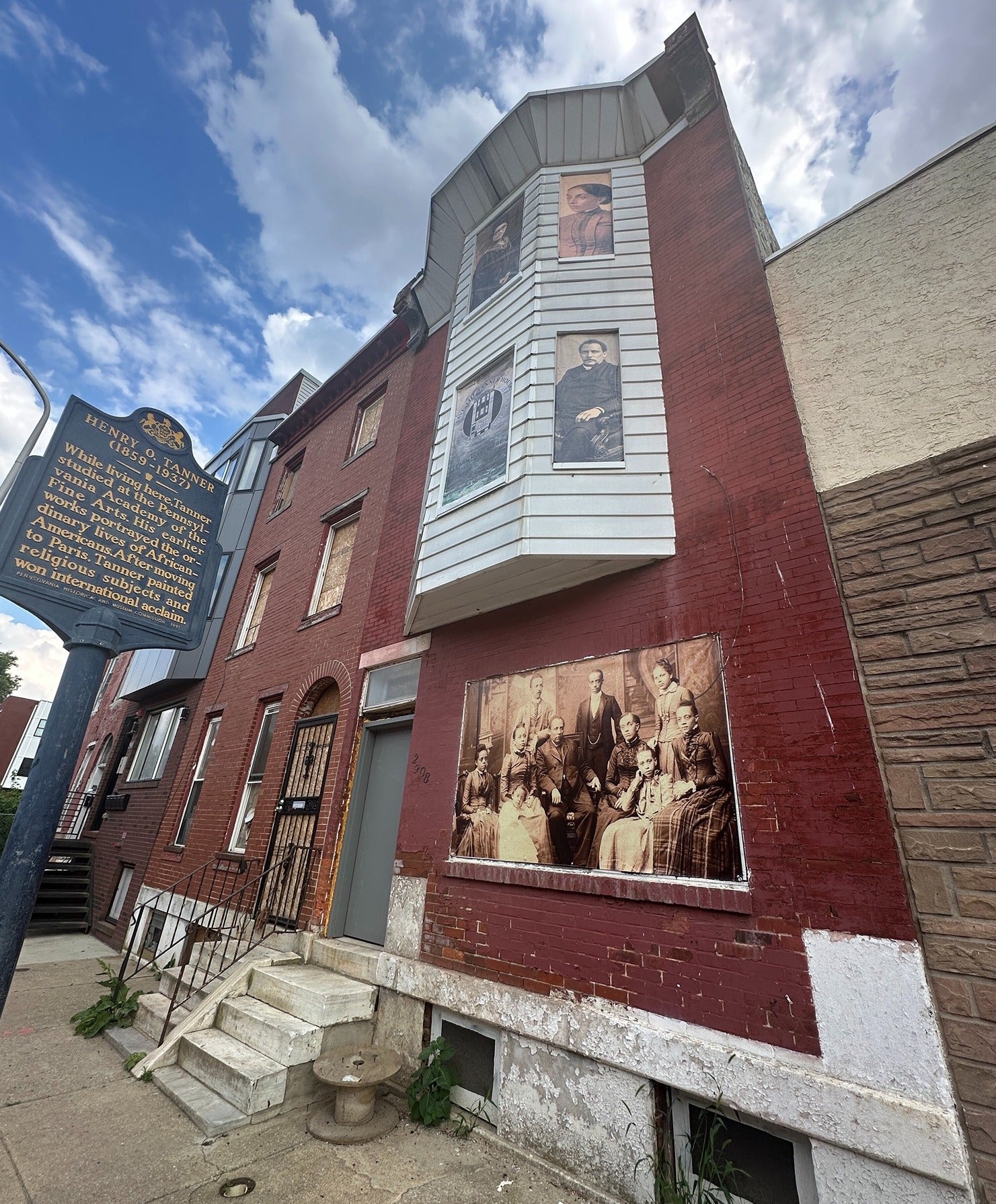
Christopher Rogers, a coordinator with Friends of the Tanner House, will use those pictures along with other historical images for “Strawberry Mansion Through the Years – A Neighborhood Storyshare,” prompting residents to recall their own memories of the neighborhood.
“The way I think about history, there’s capital-H history, but there’s also collective memory within a neighborhood,” he said. “I think not always about the big figures, but the everyday work. How do folks make a life?”
Later, in the 20th century, North Philadelphia saw an influx of Puerto Ricans coming to work in the cigar and lace factories that used to dot the neighborhood. The history festival highlights one of the community gardens built by Puerto Rican immigrants, Villa Africána Colobó near Norris Square.
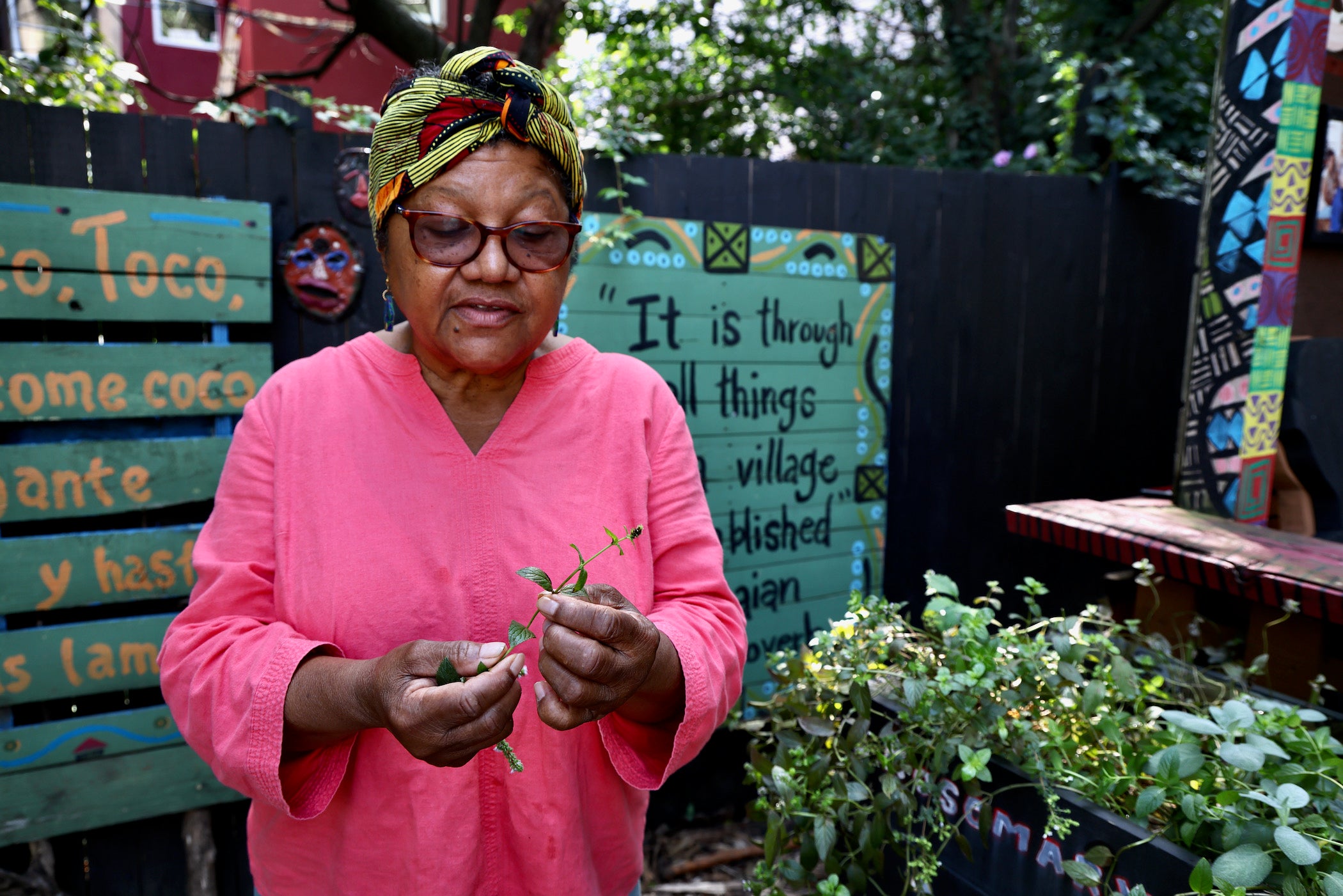
The garden has been installed with a series of virtual reality triggers that open videos by Anula Shetty and Michael Kuetemeyer featuring gardening participants explaining their cultural connection to the space.
“This small space here planted in me more of my history about myself, connected me to my past,” said Greg Wright, former board chair of Norris Square Neighborhood Project, which administers Villa Africána Colobó.
“I learned that Africans touched ground in the Caribbean, touched ground in Puerto Rico, and how our cultures merged,” he said. “It wasn’t my formal education system that told me that. It was this beautiful space here.”
The history festival comes into the present day with SlowDrag, a procession of about three dozen classic automobiles from local car clubs that will cruise a route from the Dell Music Center to Girard College, past the John Coltrane House and the site of the former Pearl Theatre jazz club.
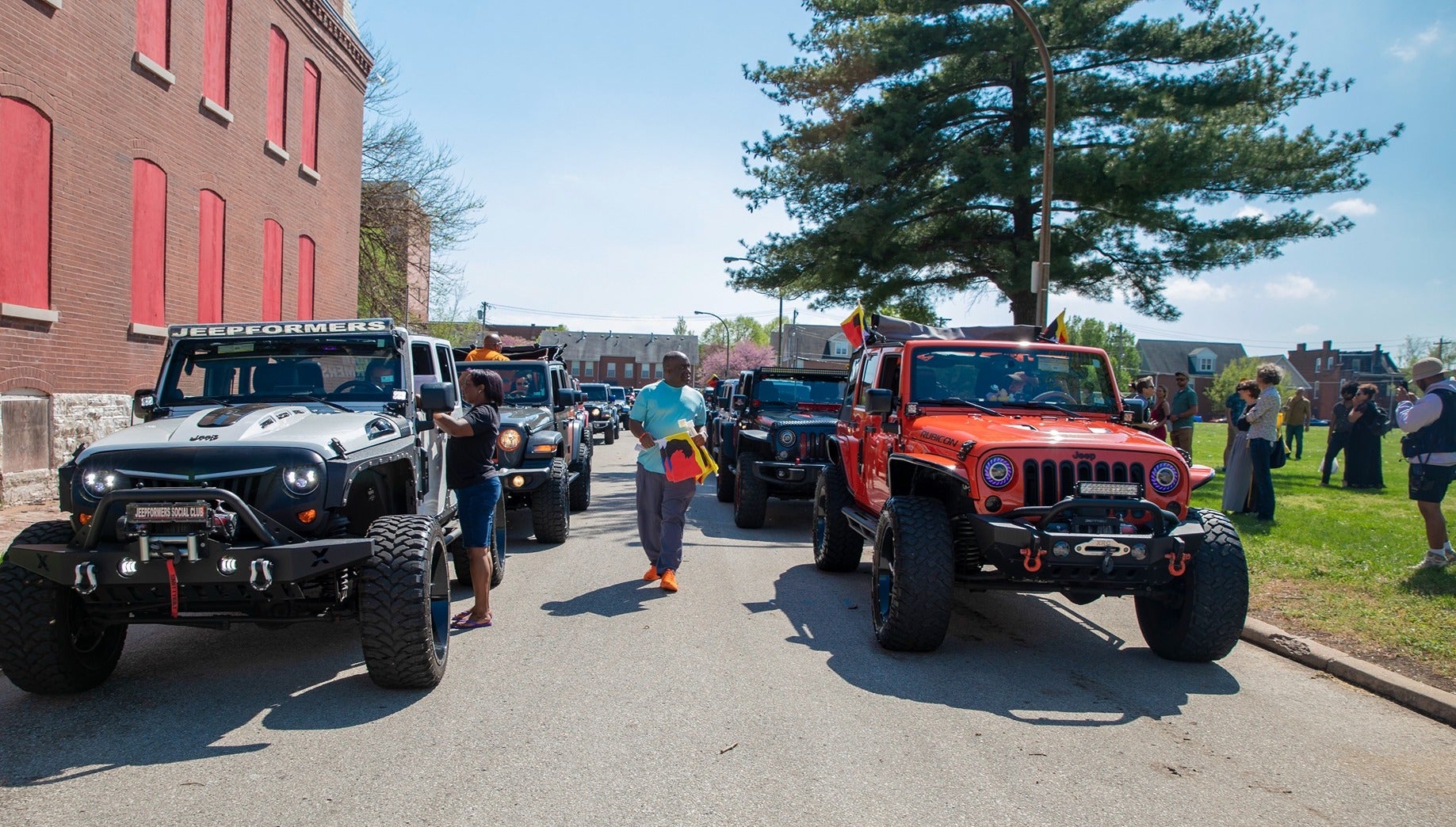
All the cars will be bumping the same playlist of mixes by local music producers who reimagined a love song by artists Mendi and Keith Obadike. They have staged similar processions in other cities, tailoring each event to the locations and musicians unique to that city.
The Obadikes, who have staged sound-based activations in Philadelphia before, are using cars and music as a North Philly love language.
“SlowDrag is not a history lesson, is not a didactic project, but it is something that is informed and shaped by the history around it,” he said. “Listening is like being in the present and the past and sometimes the future all at the same time. Music is a way for time travel for a lot of us.”
Many of the offerings in the history festival involve oral histories, which has been a main focus of many projects derived by Scribe Video. The Uptown Theater on North Broad Street will act as a projection screen for oral histories: Scribe will use the marquee of the theater to show “Tenants of Lenapehoking in the Age of Magnets,” a series of 10 videos featuring North Philly residents describing their experiences in the neighborhood, including Lenape chief Robert Red Hawk Ruth; Cecily Moore Banks, daughter of Cecil. B. Moore; and Karen Warrington, former principal dancer with the Arthur Hall African American Dance Ensemble.
“Oftentimes when we think of historic preservation it’s more in Society Hill or Old City, communities that have more means,” Massiah said. “Let’s celebrate all this work that’s been going on about North Philadelphia. The festival seemed like a way of sharing the work and bringing attention to what’s been going on.”
You can find a map and schedule of events for the entire North Philadelphia History Festival online.

Get daily updates from WHYY News!
WHYY is your source for fact-based, in-depth journalism and information. As a nonprofit organization, we rely on financial support from readers like you. Please give today.
